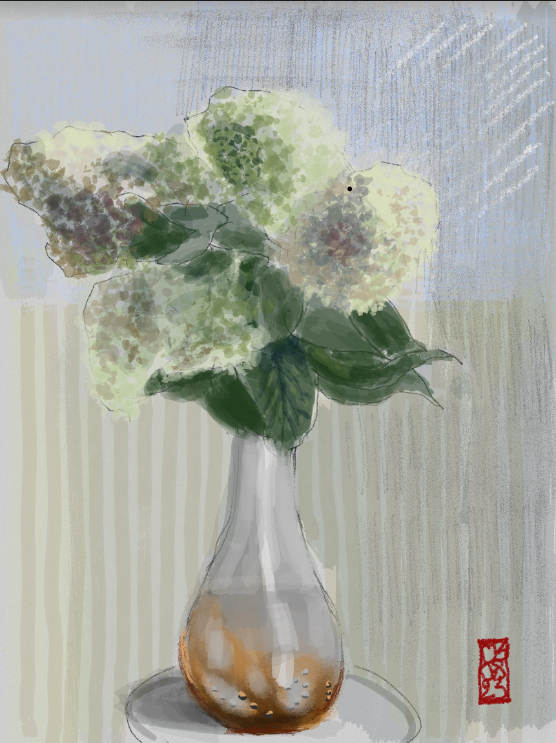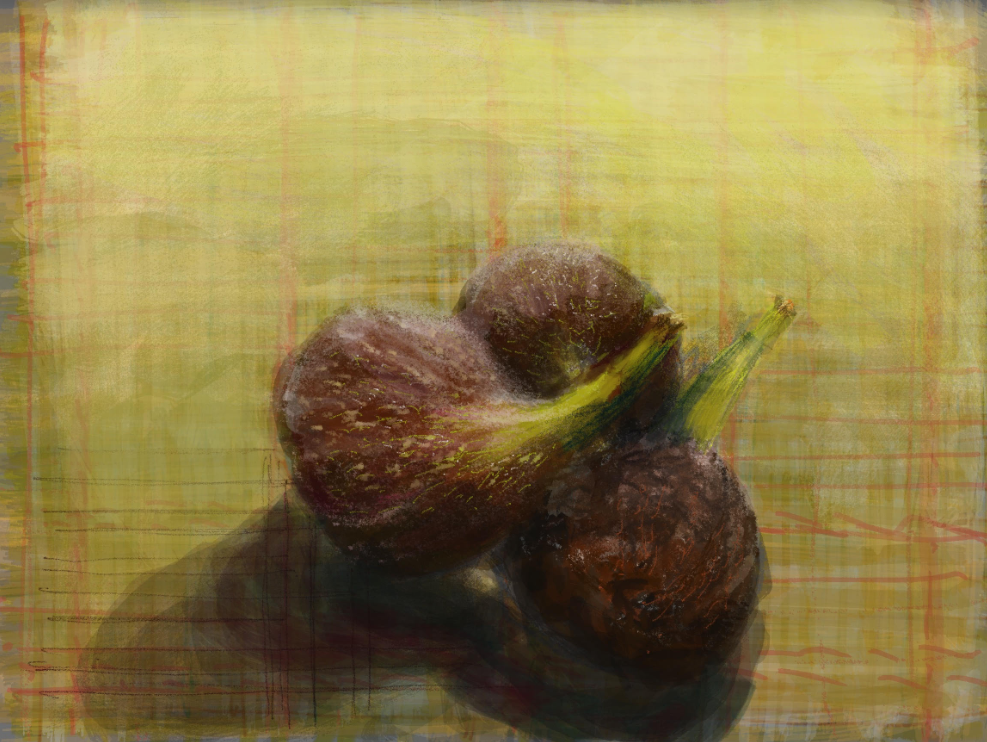The book Ontsluierd (Unveiled) by Carlos Alleene reveals the career of the artist and former director of the Deinze Drawing Academy, William Ploegaert, and is set to be released today 15 September by Snoeck Publishers.
The hardback Dutch-language book narrates Ploegaert's story, starting from a young art student struggling in an industry more interested in conceptual expression to an established Flemish artist known for his surprising choice of medium, the Apple iPad.
Ploegaert began his art career in the early 1980s as an art student at the art academy in Ghent. It was, in his words, "a bad time because no one was bothered anymore about painting."
According to Ploegaert, conceptual art was in vogue, so he struggled to apply his skills and passion. He eventually went into teaching and climbed his way up to director of the local drawing academy in Deinze in 1991.

William Ploegaert with the book.
"I focused then on the importance of my job, and it was only in the early 2000s that I got my first important exhibitions," Ploegaert says about his time at the academy. His first exhibit showcased drawings inspired by old documents he found discarded in the gutters one day. The documents included pictures of elderly people's travels, and so Ploegaert imagined himself as a companion on their travels, and began drawing.
His second big show was in 2005 and reflected his model drawing. But then in 2007 he lost his art studio to infrastructural problems, and had to figure out where to put all his supplies. So he stuffed his canvases, paints, brushes and countless other objects into his garage.
"It was very difficult for me to go on working, until I discovered a possibility," the author said. "The iPad, and an application called Art Set Pro. That gave me all the materials that I needed."
In fact, since 2012, Ploegaert has been creating art almost exclusively on an iPad. When asked if he misses the physicality of traditional art materials, his answer is immediate and direct: "No. The advantages of the iPad are so huge." He sites the rapidity with which he can start painting as soon as he picks up an inspiration, and how much easier it is to paint en plein air.

iPad Artwork by William Ploegaert. Credit: William Ploegaert
This blend of art and technology, however, was not well received by the art industry.
"The judgement is huge. People don't seem to take it for real, because it is virtual. As long as it is not materialised, people seem to think it doesn't exist. But isn't that what happened to photography more than 100 years ago?" he scoffed, "Is a published book more real than a manuscript?"
Ploegaert also appreciates how easy it is to share digital artwork on social media, which makes it possible for his work to be seen all over the world within seconds. "That is something that as a traditional media artist, you'll probably never achieve."
Unveiled
It was at the academy in Deinze that he met the writer-critic Carlos Alleene through a mutual acquaintance. They began talking about his artwork, meeting in his studio for over a year. These sessions would become the core of Alleene's book.
"After gathering all those different aspects of his career and artistic personality, writing a book about him was a logical consequence," Alleene explained. Another driving factor was that despite his artistic success, the general audience was unfamiliar with his work. "That's because he’s a modest artist," Alleene added. "For several years, he worked in silence and tranquillity."

iPad Artwork by William Ploegaert. Credit: William Ploegaert
Though there aren't currently any plans to translate the book into English or French, Alleene believes that Unveiled would be successful abroad. "William isn’t an artist who’s limited to the local. His influences are international: from a French painter like Chardin to a British artist like David Hockney."
When asked how he feels about knowing there's a book about him, Ploegaert says: "On the one hand, it's very pleasing and very beautiful. And on the other hand, it's frightening. Because you show yourself naked, in a sense."

